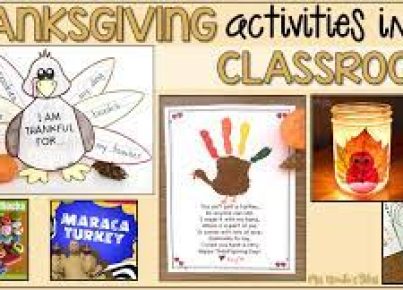Introduction:
Personal dry erase boards have become increasingly popular in classrooms across the globe. They offer numerous benefits such as encouraging active learning, reducing paper waste, and promoting collaboration among students. Here, we explore 20 different ways to incorporate personal dry erase boards into your classroom, as well as a few tried-and-true brands that truly stand the test of time.
20 Creative Uses for Personal Dry Erase Boards:
1. Warm-up activities: Write a question or prompt on the board for students to answer when they enter the classroom.
2. Exit tickets: Before leaving class, ask students to summarize a key concept they learned using their dry erase boards.
3. Group brainstorming: Encourage collaborative thinking by having students work together to generate ideas on their boards.
4. Spelling practice: Have students practice writing new vocabulary words on their boards with correct spelling and capitalization.
5. Math problems: Students can solve math problems step-by-step on their boards, making it easy for teachers to spot and correct mistakes.
6. Peer review: Assign small group projects and have students provide feedback on their peers’ work by writing suggestions on their boards.
7. Art activities: Incorporate creativity into your lessons by asking students to draw illustrations or diagrams that relate to the topic being discussed.
8. Timed activities: Set a timer and have students complete a specific task or question within the time limit using their boards.
9. Student response system: Ask questions throughout a lesson to gauge student understanding, having them write their answers on their personal boards.
10. Debate preparation: Give students time to come up with supporting arguments on their dry erase boards before engaging in a classroom debate.
11. Sequencing events: Allow students to visually arrange events or actions in chronological order on their boards for better comprehension.
12. Silent discussions: Encourage quieter students to participate by having them write down their thoughts on their boards.
13. Error analysis: Present incorrect solutions to problems and have students work together to identify and correct mistakes on their boards.
14. Graphic organizers: Teach students how to create mind maps or other visual aids on their dry erase boards to aid in comprehension of complex topics.
15. Opinion polls: Gather student opinions on a topic by asking a question and having them write their answers on their boards.
16. Foreign language practice: Students can practice new vocabulary words, grammar structures, or sentence construction in a foreign language using their dry erase boards.
17. Classroom games: Create engaging review games that involve students writing answers or drawing illustrations on their boards.
18. Vocabulary scavenger hunt: Have students search for vocabulary words around the classroom or within reading materials, then write the words and definitions on their boards.
19. Test review: Use personal whiteboards during test preparation sessions for collaborative learning and real-time feedback opportunities.
20. Timeline creation: Help students visualise historical events by creating a timeline using personal dry erase boards.
Brands That Really Last:
1. Quartet
2. Expo
3. U Brands
4. Viz Pro
5. The Board Dudes
Conclusion:
By incorporating personal dry erase boards into your teaching repertoire, you open up endless possibilities for engaging, interactive, and creative learning experiences in the classroom. Experiment with the various ways these versatile tools can be used and select the highest quality brands to ensure lasting value for your students’ education.





